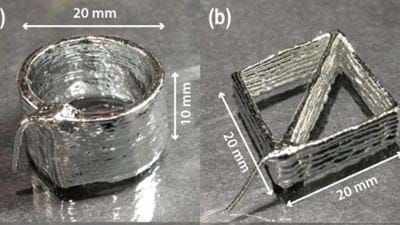
3D printing metal alloys for flexible electronics
RESEARCHERS at Oregon State University have developed a method to 3D-print metal alloys which cou...

RESEARCHERS at Oregon State University have developed a method to 3D-print metal alloys which cou...

FUSION power – the clean energy technology wryly said to always be 30 years from reality – could ...
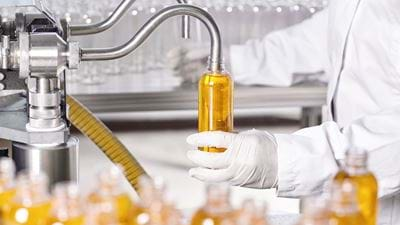
AN ENERGY trial at Keele University, UK, will assess the feasibility of adding hydrogen to the ga...
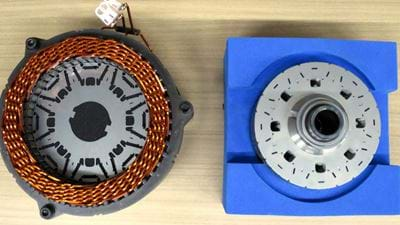
TOYOTA has developed a new magnet for electric car motors that requires less neodymium than conve...
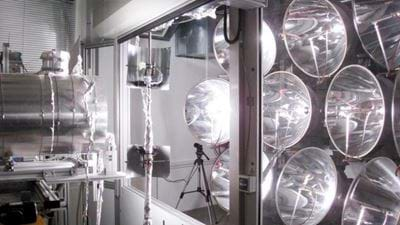
A SOLAR reactor has been developed that can store thermal energy to produce fuel around the clock...
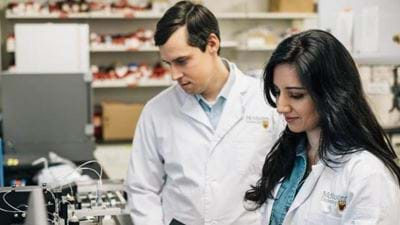
ENGINEERS have devised a way to make drug testing more efficient and affordable. The new drug dis...

A metal-organic framework (MOF) has been developed that can extract lithium from water, which cou...
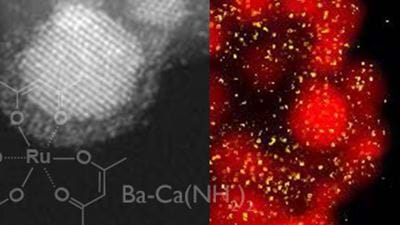
A CATALYST has been developed for synthesising ammonia that is around 100 times more efficient th...

ENGINEERS at the University of Maryland have developed a way to make wood more than ten times str...
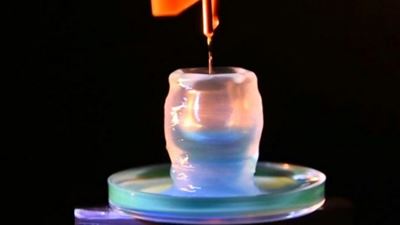
A TECHNIQUE has been developed that allows two fluids to be combined mid-air by using two jets of...
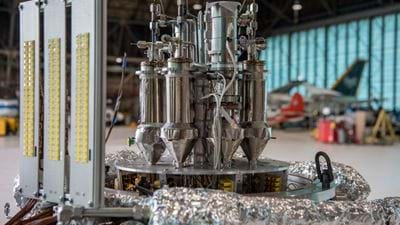
A PROTOTYPE nuclear fission reactor is currently being tested as part of NASA’s Kilopower project...

AN INDUSTRIAL consortium in Sweden will build a pilot plant to test a steel production process th...
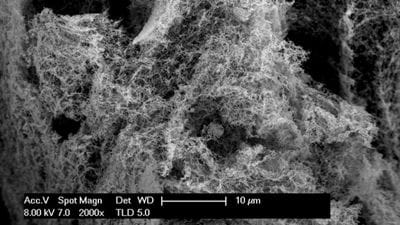
A CATALYST composed of nickel and iron has been developed that will make the production of hydrog...
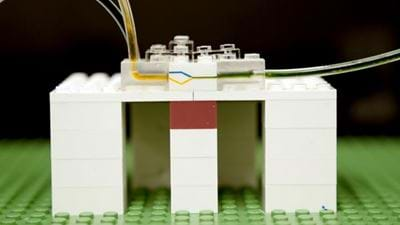
RESEARCHERS at MIT have simplified the process of creating microfluidics prototypes by building t...

A NEW platinum and copper alloy catalyst developed at University College London, UK, and Tufts Un...
Catch up on the latest news, views and jobs from The Chemical Engineer. Below are the four latest issues. View a wider selection of the archive from within the Magazine section of this site.